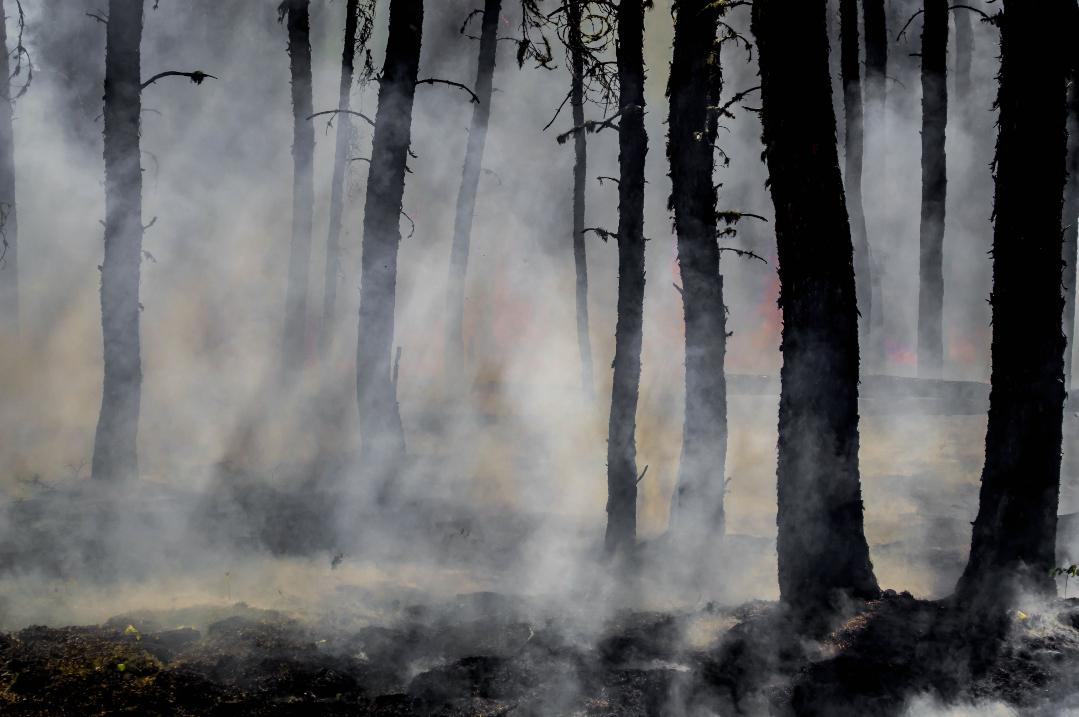A few weeks ago, I wrote here about C.W., a new environmental science teacher in rural Pennsylvania who was criticized by local parents when he attempted to teach climate change using materials from the book and movie, An Inconvenient Truth. It may not surprise you to learn that C.W.’s story was not unique. At the same time, on the other side of the country, another environmental science teacher, N.C., ran into a similar problem in his Colorado classroom.
N.C. started teaching environmental science at a new school, and wanted the students to watch An Inconvenient Truth with a substitute teacher when he was out for the day. When he returned from leave, there was a detailed report from the substitute teacher—things had not gone well. Apparently one of the students had flat walked out of the class during the movie, and other students refused to engage in the ensuing discussion or assignment. They had been told by their parents that if climate change came up in class, they were not to engage in any activity or complete any assignments. And their attitude was that if their parents didn’t agree with it, it did not need to be part of their schooling.


